Home / Albums / Tag Place:Canada 13

 Samuel de Champlain
Samuel de Champlain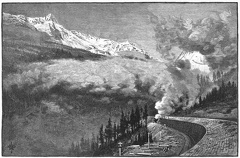 Snow-sheds, Selkirk Mountains, Canadian Pacific
Snow-sheds, Selkirk Mountains, Canadian Pacific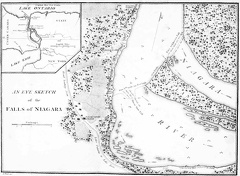 An eye sketch of the Falls of Niagara
An eye sketch of the Falls of Niagara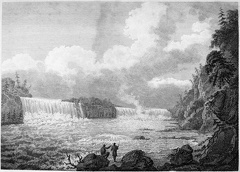 View of the Falls of Niagara
View of the Falls of Niagara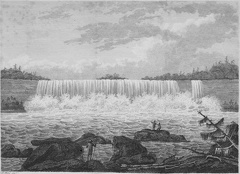 View of the Lesser Fall of Niagara
View of the Lesser Fall of Niagara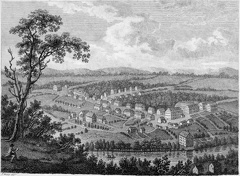 View of Bethlehem a Moravian settlement
View of Bethlehem a Moravian settlement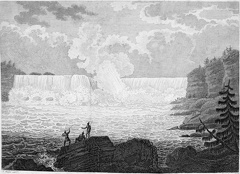 View of the Horse-Shoe Fall of Niagara
View of the Horse-Shoe Fall of Niagara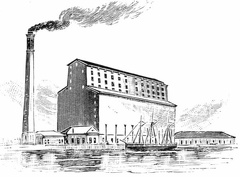 C. P. R. grain elevator at Fort William, Ontario
C. P. R. grain elevator at Fort William, Ontario Siege of a village by Champlain
Siege of a village by Champlain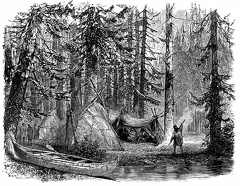 Virgin Forest in Canada
Virgin Forest in Canada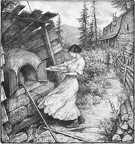 Baking Bread in Murray Bay
Baking Bread in Murray Bay James Wolfe
James Wolfe General Montcalm
General Montcalm



